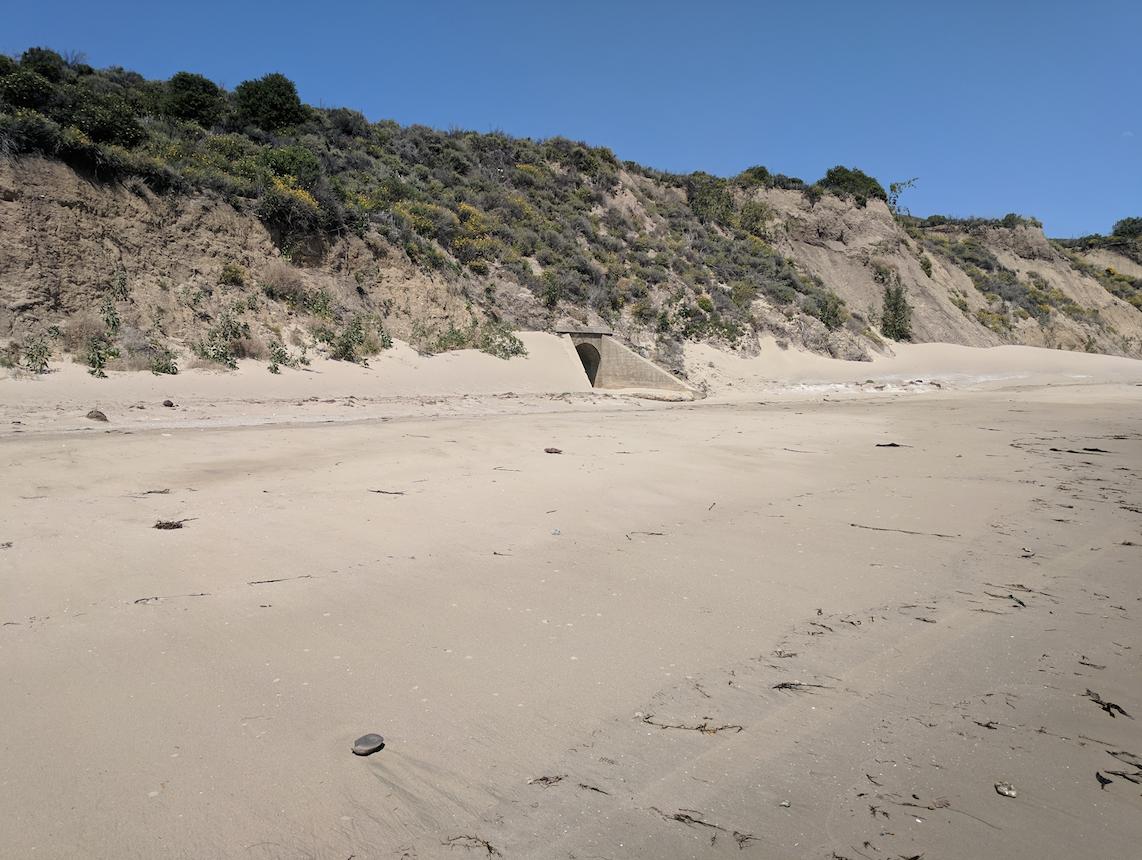Hollister Ranch Dustup Heading to Coastal Commission
Public-Access Deal Under Heavy Fire

At first glance, the closed-door deal struck between Hollister Ranch property owners and the State of California bodes well for environmental educators, at-risk youth, disabled veterans, and other traditionally underserved groups seeking to discover seaside marvels and untrammeled serenity along the gated community’s mostly undeveloped 14,500 acres. And, for the first time in the Santa Barbara County ranch’s history, the deal would also open to the public a 3,880-foot stretch of dry sand, at Cuarta Beach, where visitors can lounge and play during daylight hours. To some, particularly members of the Hollister Ranch Owners’ Association (HROA) who voted overwhelmingly in favor, it sounds like a good deal. But according to hundreds of Californians who’ve written to the California Coastal Commission, the state agency that recently settled with the ranch after five years of litigation, the deal falls flat on several fronts.
First up, critics contend, the settlement abandons a nearly 40-year-old irrevocable offer to dedicate public access along the main ranch road. Instead, it would allow the public to reach Cuarta Beach on personal watercraft, such as kayaks or paddleboards, or soft-bottom boats. Cuarta is located about three miles west of Gaviota State Beach, through waters often rendered dangerous by wind and waves. “If you’re not in top physical shape, you can’t get there [under your own power],” said Santa Barbara resident Susan Jordan, executive director of the nonprofit California Coastal Protection Network. “The general public has been left out of this equation.”
The general public, she continued, is also not part of the settlement’s commitment to expand the ranch’s existing educational programs — which invite teachers and schoolchildren to go tide-pooling with ranch-appointed docents — and increase the number of nonprofit groups allowed to lead beach outings for disabled vets, for example. While Jordan appreciates the importance of what’s being called “managed access,” especially for underserved youth, she testified before the Coastal Commission on June 6 that “chaperoned access” is a more fitting term — and she has warned that private property owners in other hotly contested public-access battles are already looking to model their own solutions after the Hollister settlement.
At the same June 6 meeting, Coastal Commission Executive Director Jack Ainsworth explained that the cost of expanding the ranch’s group-access programs could be funded through special in-lieu development fees that have been collected since the 1980s. As an amendment to the Coastal Act, the state requires a Hollister Ranch owner pulling a development permit to pay $5,000 into a fund earmarked to establish ranch access “for the public at large,” according to Marc Chytilo, an attorney representing the nonprofit Gaviota Coast Conservancy (GCC). To spend that money on beefing up the ranch’s narrowly focused access programs “is an inappropriate use of those fees,” he said.
The settlement stems from the offer to dedicate, recorded in 1982, an overland public-access easement to Cuarta Beach that the Coastal Commission required of the Metropolitan YMCA of Los Angeles as the Christian youth group sought to build an overnight facility on ranch property it owned at the time. Though the YMCA sold the property to the HROA before the camp could be realized, according to court records, the easement is “irrevocable … in perpetuity … [and] a covenant that runs with the land … binding the applicant and their successors.” The ranch, through attorney Steve Amerikaner, has been attempting to legally extinguish the offer to dedicate for decades, and the HROA promptly sued the California Coastal Conservancy when the agency picked up the offer five years ago.
In an unusual move during a settlement hearing in May, Santa Barbara Superior Court Judge Colleen Sterne stipulated that outside parties may be allowed to intervene in the case, a ruling praised by Jordan, Chytilo, and GCC boardmember Phil McKenna, among others. Sterne had asked both sides if the public ought to be notified of the settlement because it “abandons disputed rights of public access.” Both sides said public notice was not required by law, and in a brief to the court, the state Attorney General’s Office said giving the public a heads-up about the settlement was “unwarranted” and “simply unnecessary.” Sterne disagreed.
Interested parties have until July 23 to file a motion to intervene. In the meantime, the Coastal Commission is holding an informational meeting on the settlement at its July 13 hearing in Santa Cruz.
At last count, the Coastal Commission had received nearly 800 letters criticizing the settlement for not going far enough to provide public access to the coveted shores of Hollister Ranch. A handful, however, praise it for limiting the reach of the general public and its tendency to overwhelm and trash the places it cherishes the most. “Hollister Ranch is a world-class example of ‘private conservation,’” wrote David Levine of Southern California. “It is expensive, awkward, and always contentious — but this model protects California’s coastal resources better than any other mechanism in the history of conservation. If the public wants to enjoy the Gaviota Coast, there are three awesome State Parks. Finalize the settlement. It’s a gift.”



